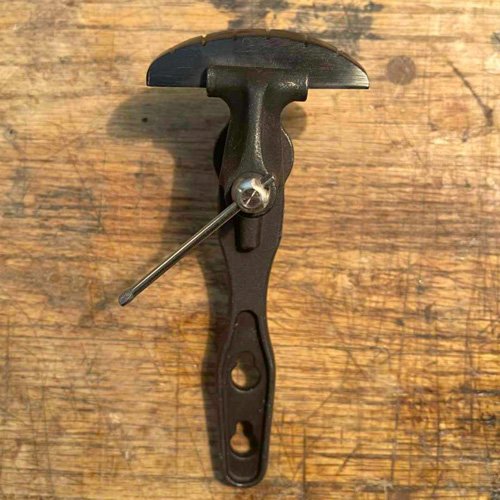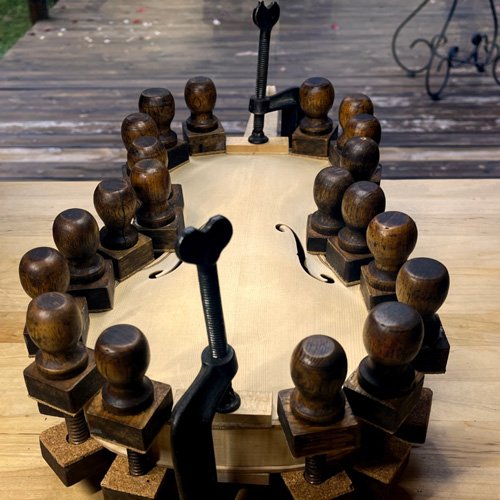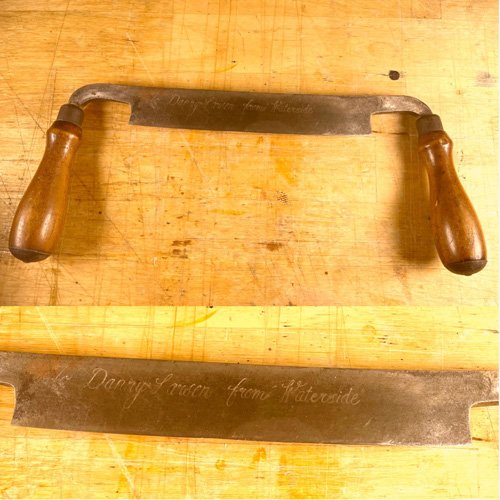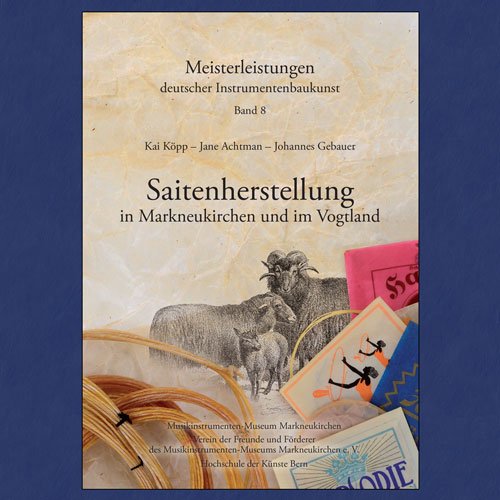Greetings From the Gamut Music Workshops—
The past few months have seen the instrument workshop make significant progress finishing a handful of brand new instruments, including a Hans Burkholtzer Model 13-Course Lute, a Hans Frei Model 11-Course Lute, and a Giovanni Heiber Model 7-Course Lute. These wonderful instruments are now available for sale.
I have also been working on polishing up a few Larson Legacy Workshop instruments, and have finished two Medieval Rebecs and one Renaissance Bass Viol. In addition, the set of four polyphonic Vihuelas I made in 2003 have been polished up and are now available as a consort set of instruments, ideal as an excellent resource for an educational environment. Full details of the project can be found here.
The instrument workshop expects to have a few more Gamut Workshop instruments to offer in the next few months, so be sure to check our Instruments for Sale page for future updates.
We look forward to continued business with you, and hope you have mild weather and an enjoyable fall.
All the best to you and yours,
Dan Larson and the Gamut Music workshops




















